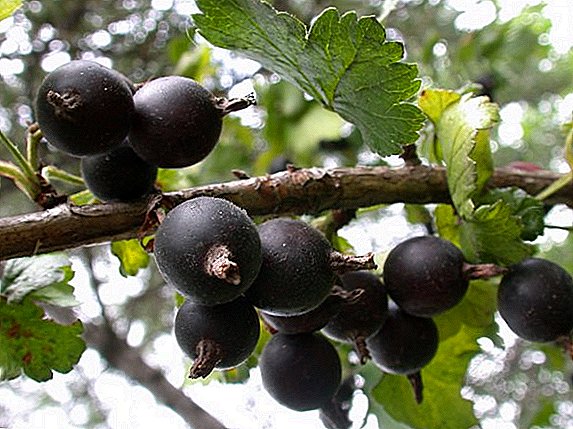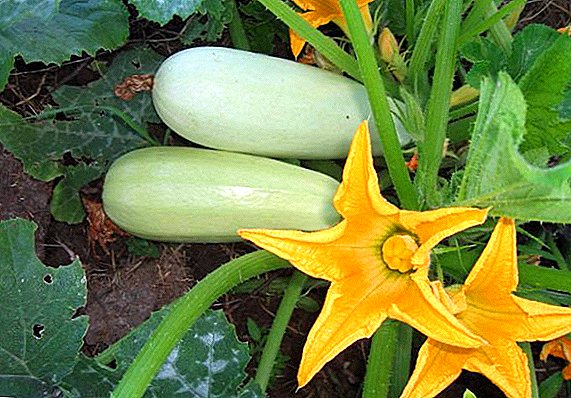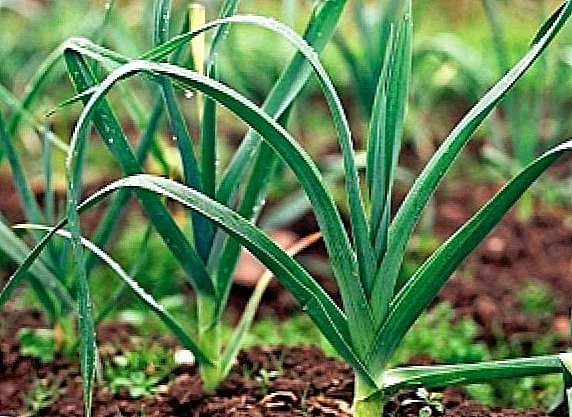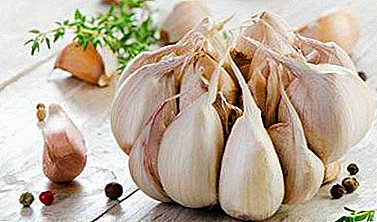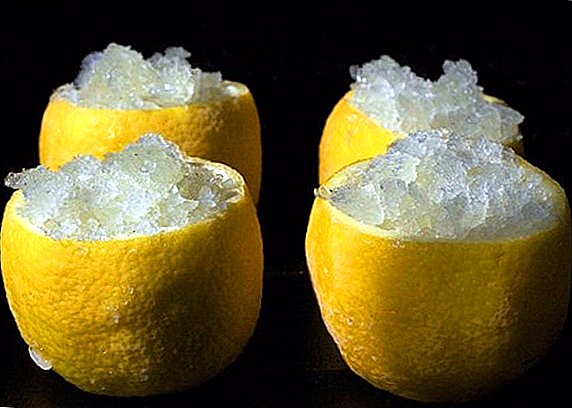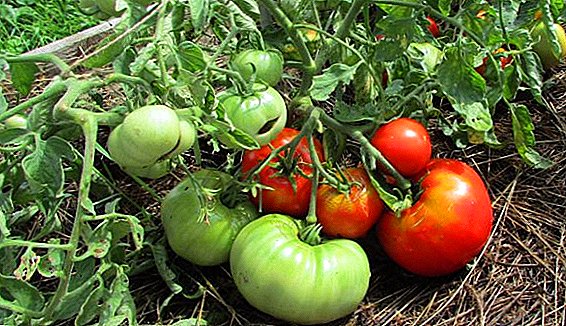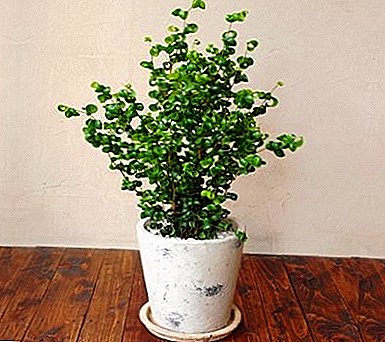
Recently, Ficus Benjamin "Baroque" has become increasingly popular with plant growers.
And really, this is an unpretentious and very beautiful plant.
Let us consider in more detail the rules of caring for him, as well as its benefits and harm to humans
general description
Ficus Benjamin "Barok" refers to the family of the Mulberry.
Spread around the world from China, India, Australia and Thailand.
It differs from other ficuses with greater similarity with a tree and smaller size of leaves.
The tip of each sheet forms a chute for running off of water.
This adaptation was formed at the plant due to frequent rains in the homeland.
Ficus Benjamin "Barok" is highly valued in the community of gardeners.
It is unpretentious and easy to change breeders who bred species with different sizes, shape and color of leaves.
Grow this plant will be easy, even for beginners.
Home care
Care after purchase
Purchase in a specialized store soil suitable for this plant. It can be a substrate for ficus and palm.
Pay attention to the acidity of the soil. It should be pH = 5-6.
Reference: for self-production, mix in equal proportions turf, peat, leaf earth and sand until a homogeneous, loose consistency is reached.
Buy a suitable clay or ceramic pot.
Put the expanded clay drainage on the bottom, which should take up one quarter of the pot. Now you can begin to transplant ficus in the pot.
The first few months, follow the acclimatization of the plant.
Yellowing and dropping the leaves, drying the roots is a bad sign.
To do this, change the mode of irrigation or fertilizer, temperature or light.
Watering
Follow certain rules when watering ficus:
- Excessive soil moisture causes damage to the plant;
- Watering is carried out only when the topsoil dries. by 2 centimeters;
- In winter and when the temperature drops to the limits 16-19 degrees Celsius heat should be watered little by little;
- At a temperature less than 16 degrees heat should stop watering completely;
- The use of hard water for irrigation is not allowed.
Water should be at room temperature or slightly warmer.
Attention! Watering ficus beyond measure can lead to rotting of the roots, dropping foliage, yellowing of leaves and the death of the plant.
Bloom
Ficus benjamina rarely blooms in apartments. This usually occurs in greenhouses or in open areas.
Ficus inflorescence consists of small spherical berries, hollow inside.
Their color varies from pale green to deep orange.
Attention! The plant requires a lot of strength to form these inflorescences, therefore, if your ficus is in poor health, it is better to remove these berries.
Crown formation
 In connection with the intensive growth of ficus in the spring months, it is necessary to be engaged in the formation of its crown at this time.
In connection with the intensive growth of ficus in the spring months, it is necessary to be engaged in the formation of its crown at this time.
This procedure is not only aesthetically beneficial, but also rejuvenates the plant.
The best tool for trimming - pruner, pre-disinfected with alcohol or potassium permanganate.
Cut all the main shoots up to 20 cm Make sure there are 5 or more leaves on each shoot.
All cuts should be performed on the kidney.
After the procedure, carefully wipe all cuts with a dry cloth and sprinkle with crushed charcoal.
Soil and soil
The soil for ficus should be neutral or slightly acidic. Desirable - fertile.
You can purchase a ficus substrate in specialized stores or prepare the soil yourself. (For recipe, see “Care after purchase”).
Drainage should consist of expanded clay bottom layer and sand top.
Planting and transplanting
For planting and transplanting, use a suitable size pot made of clay or ceramic. Perform transplants every year from February to March.
At the same time, the diameter of the pot should be increased. by 4-5 cm If this value already exceeds 30 cm should be changed 3 cm top soil by adding up to 20 percentin organic fertilizers.
Breeding
To begin breeding, select the stalk with the most developed integumentary tissue. Cut it carefully with a knife.
The resulting stalk should be 10-15 cm in length.
After cutting, it will produce juice for about a day, so water needs to be changed every 2.5 hours.
Attention! Make sure that the part of the cutting with leaves is not in the water, because This can lead to decay.
After the lapse of 3 weeks stalkroots, transplanted into a separate pot.
Temperature
Optimum temperature for ficus "Baroque" varies in summer and winter periods.
Summer she makes up 20-25 degrees.
In winter this value is omitted up to 16-19 degrees subject to a decrease in the frequency of watering.
The plant tolerates temperature safely below 16 degrees in the absence of watering.
Too high or too low temperatures can cause disease or death of the plant.
A photo
In the photo ficus Benjamin "Baroque" (Baroque):




Benefit and harm
Benefit
This plant possesses powerful healing properties. Tinctures and decoctions help to cope with osteochondrosis and radiculitis.
When the appearance of warts on the skin is also recommended to lubricate them with infusion of ficus.
Harm
Allergy sufferers should be careful with this plant. It produces juice, which contains about 35 percent rubber.
Scientific name
Ficus Benjamin first received the name and was described in 1767.
Its botanical name is Ficus benjamina linnaeus.
Often it is called Urostigma benjaminum Miquel or Benjamin fig.
Diseases and pests
Diseases
 The most common ficus disease is anthracnose.
The most common ficus disease is anthracnose.
When it leaves dry and covered with brown spots.
To get rid of this disease, the plant should be treated with copper-containing preparations and reduce watering.
As a result of excessive watering on the leaves of the plant may appear a grayish raid. This disease is called botrytis.
In the event of a disease, ficus is set apart from other plants, the damaged parts of the leaf are removed and watering is reduced.
Pests
Most often, the health of the ficus is threatened by the following pests: scab, spider mite, aphid and mealybug
They get rid of them mechanically and with the use of insecticides.
If properly care at home for ficus Benjamin "Baroque" he will grow beautiful and healthy and will bring continuous benefits.


